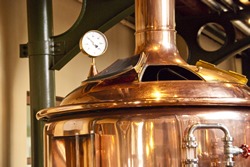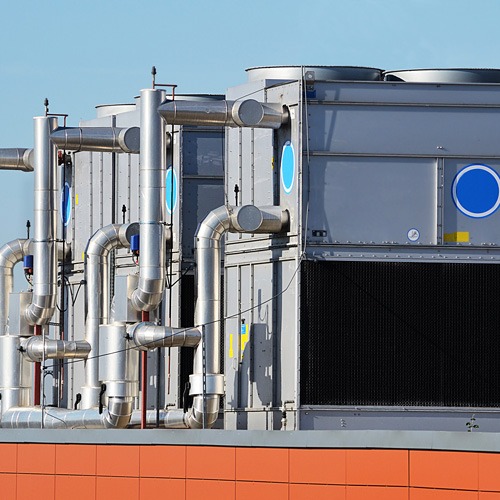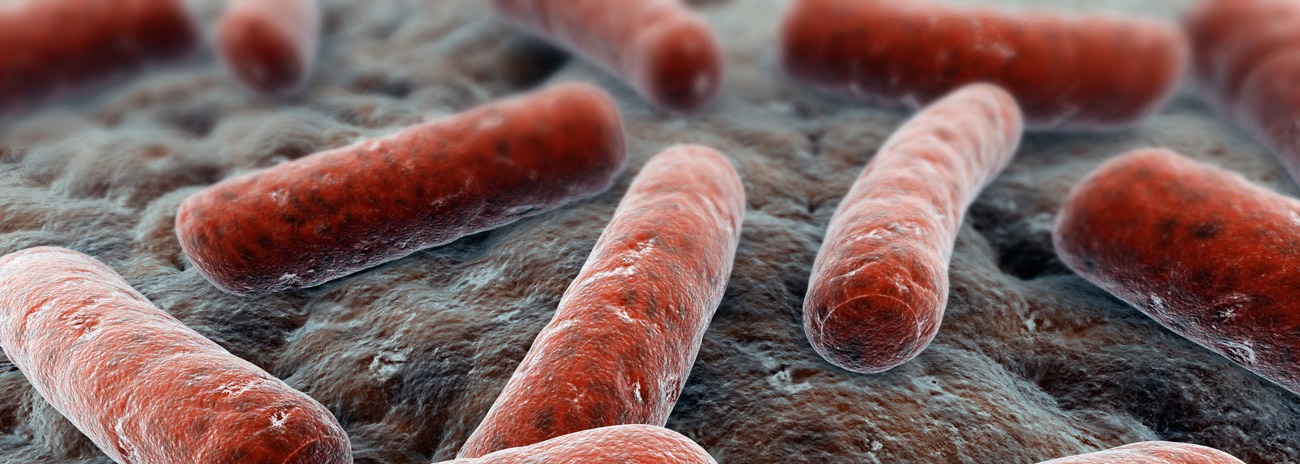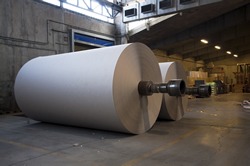Brewing Industry – Reducing Water & Effluent Treatment Costs
Water and effluent treatment costs
Water and effluent treatment costs are controllable. A water management programme can produce savings of over 20% through good housekeeping and low-cost measures. Projects with a payback period of less than two years will allow you to achieve savings of at least a further 20%.
This good practice guide indicates the potential savings from different types of water saving measures and presents actions to reduce water and effluent costs in the brewing process, packaging, ancillary processes and general areas. Although the measures are aimed particularly at smaller breweries, many are cost-effective for all sizes of the brewery. Industry examples illustrate the savings that can be achieved by measuring water use and taking action to reduce waste.
Reducing waste
Reducing the amount of water used not only reduces supply costs, but also the volume of trade effluent produced. However, reducing the strength of your brewery’s trade effluent is equally important.
Taking action to minimise the discharge of wastes with a high COD, e.g. residual wort and ullage, will dramatically reduce your trade effluent charges.
Optimising your cleaning procedures, identifying leaks and stopping overflows are other areas where significant savings can be achieved.
Installing meters and carrying out a survey of water use will help you to decide your priorities for action.
Brewing industry
The UK brewing industry uses an estimated 34 million m3/year of water – enough water to supply everyone living in the city of Edinburgh for a year. However, the cost of supplying water to a brewery is only the beginning. Most breweries discharge over 70% of supplied water as trade effluent and, in many cases, trade effluent costs are higher than water supply costs.
In most breweries, the total cost of water supply and trade effluent disposal is about the same as the site’s energy bill. If you add pumping, water treatment and effluent treatment costs, the bill is even higher. Wasting cold liquor, for example, also wastes the time and cost of treating the water.
Like energy costs, you can take action to control and reduce your water and effluent costs. A typical water saving programme can produce savings of over 20% for little or no cost. Further savings of at least 20% can be achieved by projects with a payback period of less than two years.
Breweries need to ask themselves the following questions:
- Has your brewery implemented a water management programme? If not, you could save 20% of your costs through good housekeeping and low-cost measures.
- Check your most recent water bill. Is the volume of water used more than 3.4 times the volume of beer brewed over the same period? If it is, you could do better – other breweries have.
- Check your trade effluent bill. Is the average chemical oxygen demand (COD) of your effluent more than 2000 mg/litre? If it is, you could do better.
This good practice guide describes a range of cost-effective measures to reduce water use and effluent generation in breweries. Although the guide is aimed mainly at small breweries (defined as producing less than 500 000 hectolitres/year), many of the measures – particularly the no-cost options – are applicable to all sizes of brewery… request a copy of the full document >>
Crown copyright material is reproduced with the permission of the Controller of HMSO and the Queen’s Printer for Scotland.







